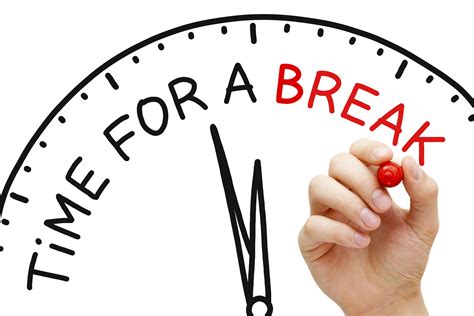How to break through strength plateaus for peak male performance?

Every dedicated lifter eventually faces it: the dreaded strength plateau. You’ve been making consistent gains, lifting heavier, feeling stronger, and then suddenly, progress grinds to a halt. It’s frustrating, disheartening, and can often lead to a loss of motivation. However, hitting a plateau isn’t the end of your journey; it’s an invitation to refine your strategy and push past your current limits to unlock new levels of peak male performance.
Understanding Strength Plateaus
Strength plateaus are a natural part of any long-term training journey. Your body is incredibly adaptive; once it becomes accustomed to a certain level of stimulus, it stops seeing the need to grow stronger or bigger. Common culprits include insufficient progressive overload, inadequate recovery, nutritional deficiencies, overtraining, or simply repeating the same routine for too long. Recognizing the root cause is the first step toward devising an effective breakthrough strategy.

Strategies to Shatter Plateaus
Overcoming a plateau requires a strategic, multi-pronged approach that addresses both physical and physiological aspects of training.
Periodization and Progressive Overload Beyond Weight
The core principle of strength gain is progressive overload – continually increasing the demands on your muscles. But this doesn’t always mean just adding more weight. Periodization, which involves cycling through different training phases (e.g., strength, hypertrophy, power), can keep your body guessing and prevent adaptation. Experiment with varying rep ranges (e.g., higher reps for hypertrophy, lower reps for strength), increasing training volume, reducing rest times, or improving lifting tempo. The key is to find new ways to challenge your muscles consistently.

Optimize Nutrition for Growth and Recovery
Your diet is as critical as your training. To break through a plateau, ensure you’re consuming enough calories to support muscle growth and repair, especially if you’re in a deficit. Prioritize high-quality protein (1.6-2.2g per kg body weight) to fuel muscle protein synthesis. Don’t neglect complex carbohydrates for energy and healthy fats for hormone production. Hydration is also paramount; even slight dehydration can significantly impair performance.

Prioritize Recovery and Sleep
Muscles don’t grow in the gym; they grow during recovery. If you’re constantly pushing without adequate rest, you’re likely overtraining, which can lead to fatigue, decreased performance, and increased injury risk. Aim for 7-9 hours of quality sleep per night. Incorporate active recovery days, stretching, foam rolling, and mobility work to improve blood flow, reduce soreness, and enhance overall joint health and flexibility.
Vary Your Training Routine and Exercises
Monotony is a plateau’s best friend. Introduce new exercises that target the same muscle groups from different angles or with different movement patterns. For example, if you always barbell bench press, try dumbbell bench press, incline press, or dips. Implement advanced training techniques like drop sets, supersets, giant sets, or pause reps to shock your muscles and stimulate new growth. Even a temporary deload week, where you significantly reduce volume and intensity, can help your body recover and come back stronger.

Address Weak Links and Form Deficiencies
Often, a plateau in a major lift (like squat or deadlift) is due to a weakness in a secondary muscle group or poor lifting form. Film yourself to identify any form breakdowns. Incorporate accessory exercises that specifically target your weak points – for instance, glute bridges for stronger squats, or lat pulldowns for better deadlifts. Strengthening these supporting muscles can significantly improve your main lifts.
The Mental Game: Persistence and Patience
Breaking a plateau isn’t just physical; it’s also mental. It requires patience, persistence, and a belief in your ability to adapt and overcome. Track your progress diligently, celebrate small victories, and stay consistent with your revamped strategy. Understand that plateaus are temporary setbacks, not permanent roadblocks. Your mindset can be your greatest asset in pushing through these challenging phases.

Conclusion
Strength plateaus are inevitable for anyone serious about building muscle and strength. However, by strategically implementing periodization, optimizing nutrition and recovery, diversifying your training, and addressing weaknesses, you can effectively shatter these barriers. Remember, consistency and a resilient mindset are just as important as the physical effort. Embrace the challenge, analyze your approach, and you’ll not only break through your current limits but also achieve unparalleled peak performance.








